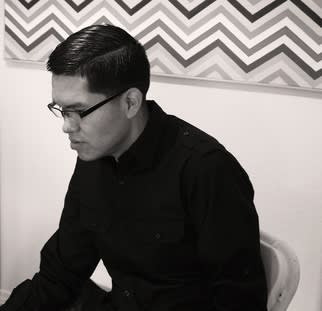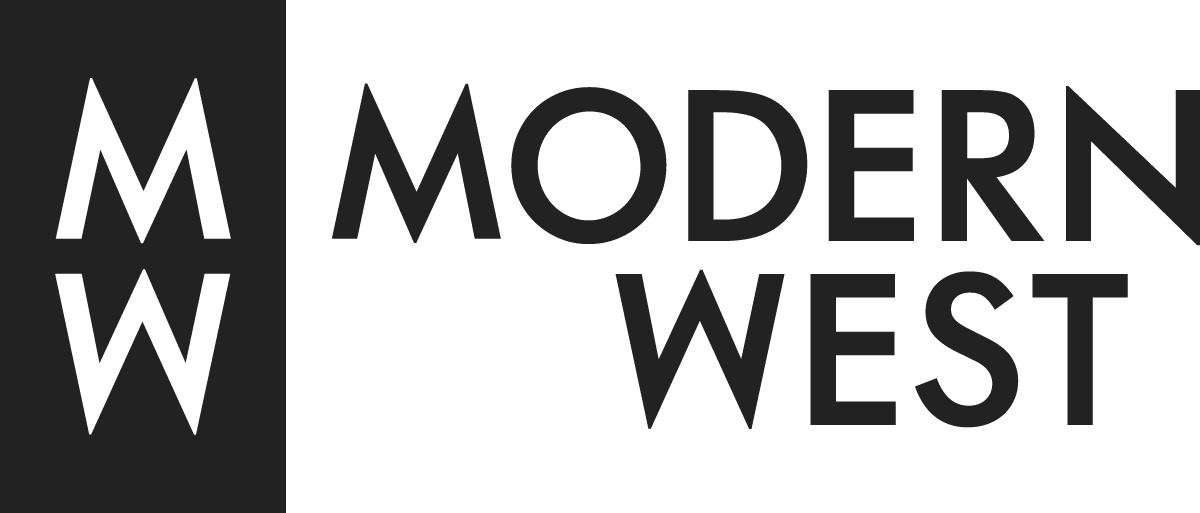
Tell us a little bit about yourself, your upbringing and how art became a primary focus for you?
My name is Patrick Dean Hubbell. I was born and raised in Arizona. I am Dine' (Navajo). I was raised on the Navajo Nation near the Window Rock, AZ / Navajo, NM area, located right on the AZ/ NM border. I grew up in a very small, rural town where family and close relatives are very important to the role of the foundation of community. We were raised close to our Navajo traditional, cultural beliefs and practices, the duties of maintaining ranch livestock with horses and cattle, and the simplicity of rural life. I first noticed advancement of basic drawing skills with eye-hand coordination and draftsmanship at a young age and began to develop this talent as my education progressed. Attending a very small privately funded school that lacked a lot of the standard resources found in public school, but nonetheless, I had a young passion for creating that never stopped and only grew. It wasn't until later that I realized the insufficiency in a lot of the materials we had for the Art programs, but it didn't stop me from trying and growing. From there I went on to attend Arizona State University, where I later obtained my BFA in Painting and Drawing. Within my years as an undergrad, I realized that I wanted to pursue the Arts as a full time professional career. Our Painting Professor used to pose the question for our class to get us thinking, "Less than 10 percent of all Art Students are able to be full time artists, what makes you and your art any different?". This question ignited a determination to create. I always believed that I had an important piece to add to the conversation of Contemporary Art and how my voice through Contemporary Native/ Indigenous Art could be heard.
A connection to the Earth is obviously important to you, can you explain how that connection impacts your work?
A strong connection to the Earth is essential to all Indigenous nations. It is the physical, mental, emotional, and spiritual connection to a nation's land. We are centered and in balance with the natural environment through our stories, songs, philosophies, and ceremonies that are rooted in this way of thinking for our people. This is the foundation of where my work evolves from. This mindset is what drives many of my inspirations that revolve around the natural environment, nature's patterns of change and existence, and the physical elements of earth including plants, animals, and the human figure. It is a constant that is expressed through different bodies of work but in turn all comes back to the central idea of how our unique and individual relationship to this Earth exists.
Your current work is primarily abstract but references the natural world through pattern and symbol. Can you speak to that?
Pattern and Symbol is a universal language and crosses cultural boundaries. These patterns and symbols have ancient meaning and correlation to the art work of many Indigenous Nations found in textiles, basketry, pottery, carvings, beadwork, quillwork, etc. I have used the medium of painting to further the conversation of these symbols and patterns to make connection to the natural world in my work by presenting them in way that abstractly touches upon the use and meaning of these symbols. This allows the freedom to explore the possibilities of the realms this work can access. By having the meaning present, the 2 dimensional surface of the painting is able to depict many instances of how nature is presented through atmosphere, landscape, and entities within nature.

